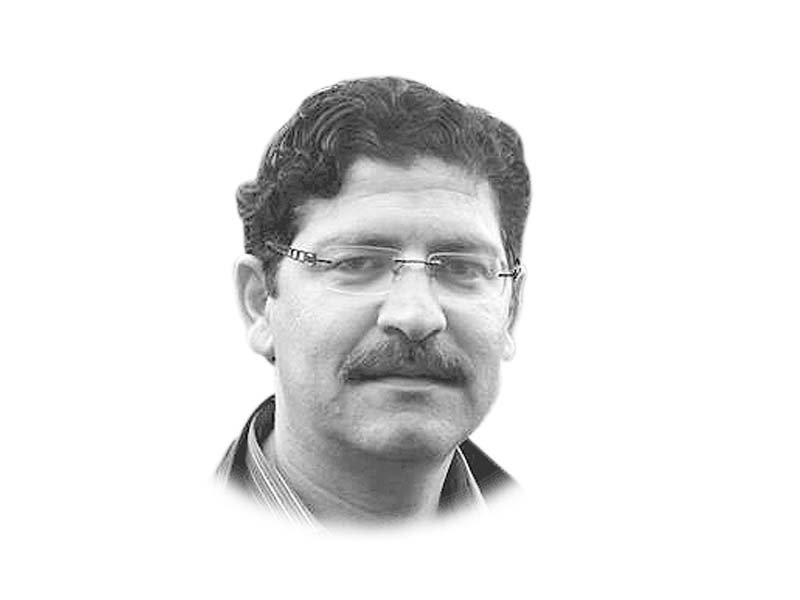
Budgets provide an insight into a government’s policy priorities and are a means of knowing if the popular political rhetoric is being backed up by adequate budgetary allocations or not. Education has always been at the centre stage of budgetary debates and provincial comparisons, especially after the area was devolved to the provinces in 2010. This year, all the provinces have earmarked significant portions of their budgets for education. Let’s have a look at what Khyber-Pakhtunkhwa (K-P) has allocated for education in the budget for the upcoming financial year 2016-17 and which areas will be funded with the allocations.
The K-P government has presented a budget of Rs505 billion for 2016-17 highlighting an increase of four per cent over the current year’s allocation of Rs488 billion. One of the major budget highlights is the significant increase in the education budget. The Elementary and Secondary Education Department (E&SED) has been allocated a sum of Rs119 billion representing an increase of Rs15 billion over the allocated budget of Rs104 billion for the previous year. During each of the last two years, an 11 per cent increase in the E&SED’s budget was recorded. This year’s budget presents an increase of 14 per cent, the highest during the last three years. This increase is way higher than what was being speculated.
The share of the E&SED is 24 per cent of the total provincial budget of K-P, increasing from 21 per cent in the allocated budget for 2015-16. Education has received a 20 per cent share of the provincial budget for Sindh, Punjab has allocated 19 per cent of its budget for education, while Balochistan has earmarked 17 per cent of its budget for education.The total outlay of K-P’s Annual Development Programme is Rs161 billion out of which E&SED is expected to receive an 11 per cent share. K-P has earmarked Rs17 billion for the development budget in 2016-17 for E&SED, an increase of six per cent over the allocated budget for fiscal year 2015-16. However, it is to be noted here that the development budget for E&SED was revised from Rs16 billion to Rs11.5 billion in 2015-16. So, if the department does not get its complete share at the end of the year, the allocation may be reduced.
The highest increase in the E&SED’s budget can be seen in the non-salary component i.e., the budget that is used for operation, maintenance and for routine activities of the department and its subordinate offices. At the school level, the non-salary budget includes allocations for items like classroom consumables, repair of furniture and other petty repairs in schools. If there is an inadequate non-salary budget for schools, they will be unable to provide quality services to students. Keeping this in view, K-P has increased the non-salary budget for E&SED from Rs8 billion in 2015-16 to Rs14 billion in 2016-17. However, in the past, there have been issues with the effectiveness of this non-salary budget. Also, the non-salary component does not align with international and national best practices. For 2015-16, it included a block allocation for conditional grants worth Rs3 billion. The per classroom rate structure for classroom consumables and petty repairs is quite low. Annually, schools are provided with a budget for classroom consumables at the rate of Rs5,000 per classroom and for petty repairs for Rs6,000 per classroom.
Critics and education policy practitioners have been criticising the K-P government for not structuring and implementing non-salary budgets in an effective manner when seen against the best practices internationally and in Pakistan. With an increase in the non-salary budget from Rs8 billion to Rs14 billion, which comes to around a 67 per cent increase, there are serious questions over the effectiveness of this budget. There are apprehensions that if the E&SED does not come up with a robust strategy that departs from previous practices of spending of non-salary budget, this increase might not bring any good to the students of K-P. All in all, K-P’s 2016-17 education budget is welcome in terms of increased allocations for which the government deserves appreciation. However, there is a need to focus on the effectiveness of this budget, especially of its non-salary component.
Published in The Express Tribune, June 23rd, 2016.
Like Opinion & Editorial on Facebook, follow @ETOpEd on Twitter to receive all updates on all our daily pieces.






























































COMMENTS (1)
Comments are moderated and generally will be posted if they are on-topic and not abusive.
For more information, please see our Comments FAQ